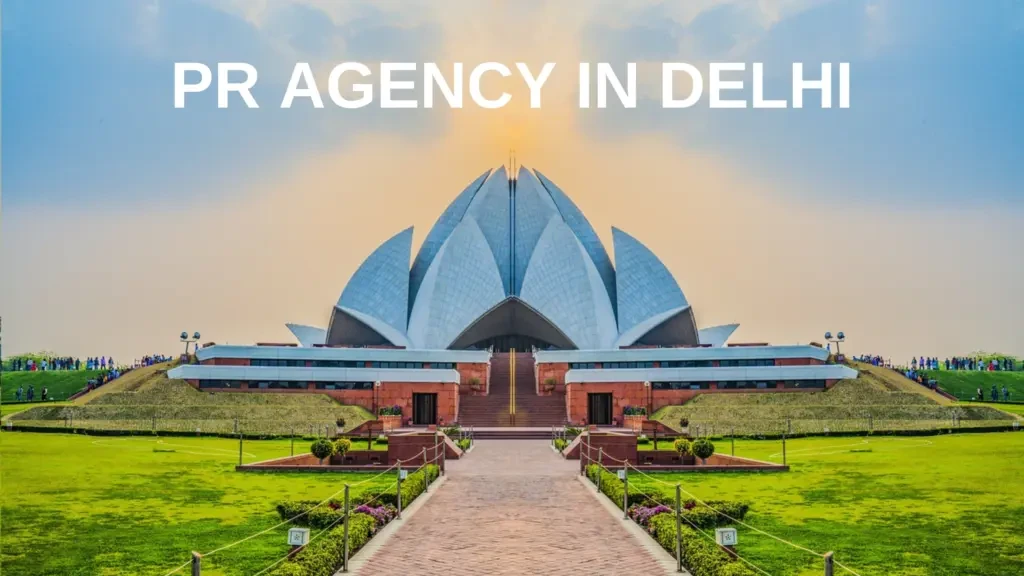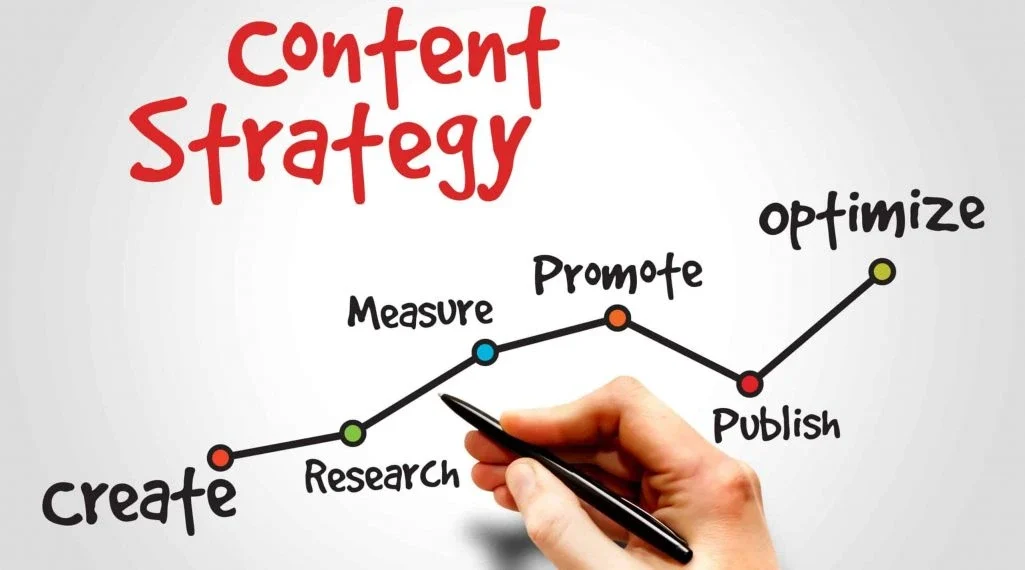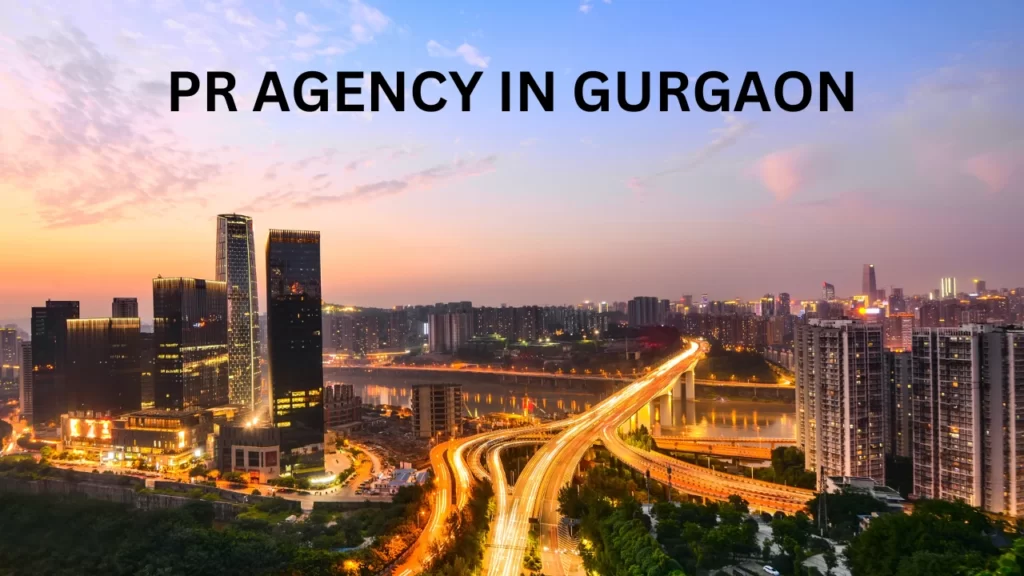Why Media Training is a Must for Every Business Leader

A single press conference, tweet, or interview has the power to either launch a brand into a crisis or propel it to new heights. From CEOs in Gurugram to startup founders in Bengaluru, Wing Communications has spent years assisting leaders throughout India in perfecting the art of media engagement. The decision? Media training is an essential talent for any business leader; it is not a “nice-to-have.” Here’s why, supported by facts, anecdotes, and tactics.
1. You’re Always One Soundbite Away from a Headline
The media environment in India is unrelenting. Your remarks reach millions of people, not just a room, since 70% of the population consumes news every day (2023 Reuters Institute India Digital News Report). A thoughtfully written letter might establish you as a pioneer in the field; a poorly written one can cause a conflagration. You control the story, not the other way around, thanks to media training.
Consider a practical example: Following a funding shortage, a Mumbai-based fintech innovator who was a client of Wing Comm had to endure a challenging BloombergQuint interview. They may have made a mistake before training. They shifted their focus to their roadmap after training, saying, “We’re doubling down on affordable financial tools for Tier-2 cities,” and the headlines remained upbeat. That is the strength of planning.
2. Unprepared Leaders Risk PR Nightmares
When the microphone is on, the stakes are enormous. According to a 2022 Deloitte Crisis Management Report, leaders’ inadequate communication causes 59% of reputation crises to worsen. In India, where social media magnifies every mistake—24 million people use Twitter alone here (Statista 2023), one slip-up can go viral in an instant.
Take the 2021 Indian executive who abruptly said “no comment” during a news scrum in response to layoff rumours. #LayoffGate became viral in a matter of hours, and the business had to spend weeks repairing the damage. You can avoid pitfalls like unfriendly reporters and loaded questions by receiving media training. Instead, you can react confidently and clearly. It’s about transforming difficult situations into chances to foster trust, not just about averting catastrophe.
3. Credibility Depends on How You Show Up
In a market where decisions are based on trust, how you present your message is just as important. According to a 2023 Kantar study, 67% of Indian consumers favour companies with self-assured, outspoken leaders. When you receive media training, your tone, posture, and wording are refined to project authority, whether you’re defending a policy on NDTV or explaining a shift in The Hindu.
This is what we have witnessed at Wing Comm. A CEO from Chennai approached us because he was anxious about public speaking. Following our media training session, they were featured in Forbes India, effectively communicating their mission and boosting their company’s reputation and stock enquiries. It’s important to consider how you come across when you speak, not just what you say.
4. India’s Media Landscape is a Complex Puzzle
India is a mosaic of languages, cultures, and media outlets rather than a single entity. Leaders must navigate an overwhelming number of outlets, with 400 million newspaper readers (Indian Readership Survey 2019) and a digital audience that is expanding by 20% year (IAMAI 2023). Regional titans like Dainik Bhaskar yearn for local resonance, national behemoths like the Times of India seek polish, and television networks like Aaj Tak rely on succinct, snappy soundbites.
Training in the media prepares you for change. You will learn how to maintain your composure for a 30-second ET. Now slot, enlarge for a Business Standard in-depth analysis, or establish a cultural connection with Telugu-speaking Eenadu readers. One of the main strategies we teach at Wing Comm? The “bridge” or “pivot”—”That’s an interesting point, but what’s critical here is…”—allows you to bring any discussion back to your main point.
5. Crises Don’t Come with a Script
The media doesn’t wait for you to practise when a crisis occurs, such as a product recall, legal issue, or public relations problem. According to a 2021 PR Week survey, 79% of reporters anticipate prompt reactions when breaking news occurs. You’re improvising under pressure if you don’t have training. You have a playbook with it.
This has been tried at Wing Comm. An FMCG client experienced a contamination panic. Their natural tendency before training was to avoid questioning. They appeared on Times Now with a clear apology and action plan after our simulated interviews: “We’re recalling batch X and ensuring this never happens again.” The outcome? Trust was restored, damage was limited. Chaos is subdued by preparation.
6. Your Personal Brand Fuels Company Success
Leaders are brand amplifiers, not merely spokespersons. Companies with prominent executives receive 15% greater perceived value and 20% higher engagement, according to a 2022 LinkedIn Report. In India, where charismatic leaders like Nandan Nilekani and Ratan Tata are popular, media training lets you go from the background to the spotlight.
It is demonstrated by one of our success stories. We helped a camera-shy businessman from Kolkata improve their storytelling. They became regulars at Fortune India after training, which increased sales by 15% as their personal brand raised the company’s visibility. You shine and your firm prospers, creating a positive feedback loop.
7. It Amplifies Every PR Dollar You Spend
The quality of PR efforts, such as the ones we create at Wing Comm, depends on the leaders who support them. If you are unable to sell your event or press release to the media, it will fail. Your message will stick if you train it to do so. Campaigns with qualified spokespeople had a 30% higher return on investment, according to a 2023 AMEC Measurement Framework research.
Consider this: You start a sustainability project. You stutter through a CNBC-TV18 interview without any training, and it’s a hiccup. “This cuts emissions by 10,000 tonnes, starting in Gujarat” is a headline that may be made with training. That is the multiplying impact of being prepared for the media.
8. Confidence Breeds Opportunity
Media training focusses on offence as well as defence. You’ll go for the microphone more if you feel at ease around journalists. According to a 2022 Harvard Business Review analysis, self-assured leaders naturally create 25% more media possibilities. That’s a game-changer in India’s cutthroat industry, whether you’re keynoting at a summit or pitching to YourStory.
The Wing Comm Difference
Wing Communications specialises in perfecting media training, not merely preaching it. Reluctant leaders have become media stars throughout India because to our customised courses, which include crisis simulations, practice interviews, and on-camera instruction. On ET, we witnessed a startup founder from Pune go from stuttering to stardom. Now, a Chennai entrepreneur becomes a Hindu favourite, while a Delhi executive transforms a scandal into a tale of redemption.
Why does it function? We combine tried-and-true strategies with practical experience. Whether you’re a News18 anchor or a Jagran reporter, we educate you how to connect honestly, handle curveballs, and read a room (or a Zoom). From digital disruptors to the vernacular press, our services are tailored to India’s distinct media landscape.
The goal of media training is to thrive in the face of scrutiny, not to avoid it. The same reality confronts all company leaders, whether they are corporate giants or bootstrapped visionaries: the media is your megaphone—but only if you know how to utilise it. It is too costly to remain silent—or stumble—in a nation where 74% of consumers trust loud companies (Nielsen, 2023).
Ready to own the spotlight? Contact Wing Comm today. We’ll make you not just




